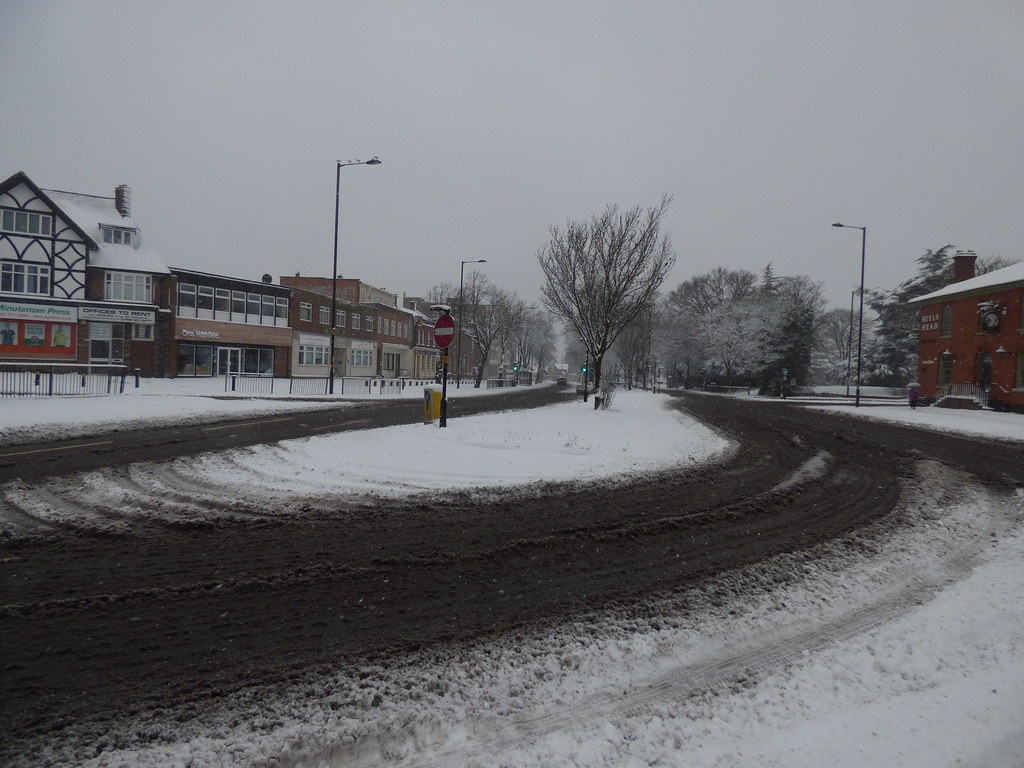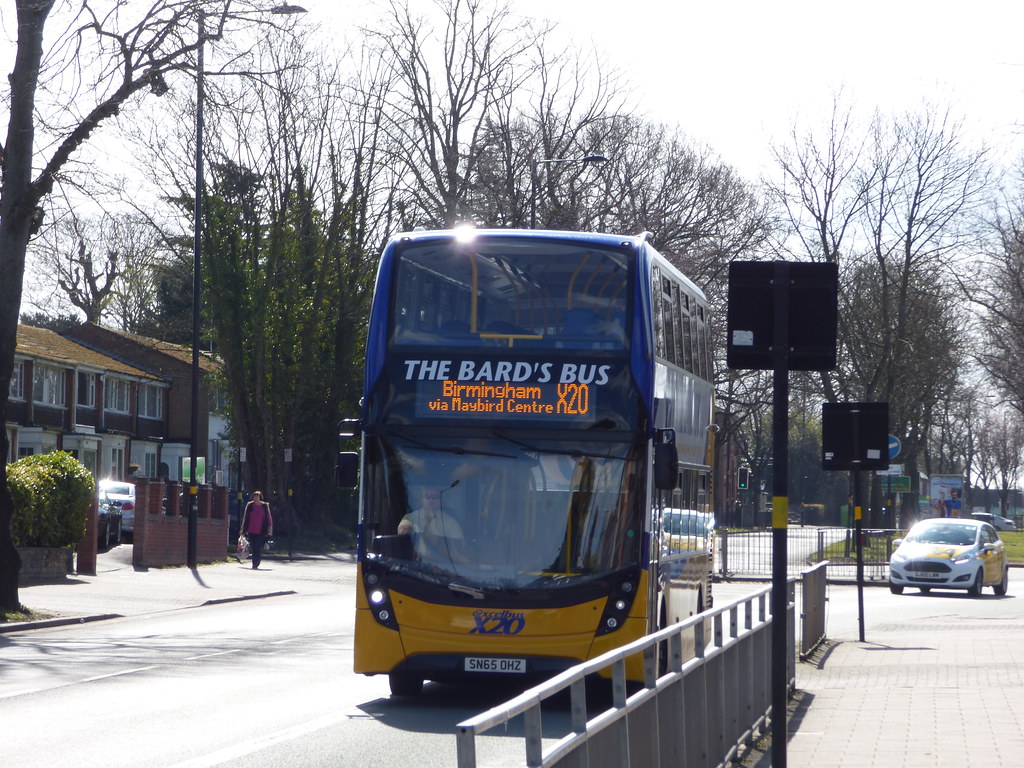pjmburns
master brummie
Main part of pub building still the same but extension on side and, of course, now a car park as well. Junction very different.
Pic from google street view 2009 (less cars in shot). Maps of the junction - 1904, 1937 and today. Cinema has also gone (was the Robin Hood) now Waitrose supermarket.
Pic from google street view 2009 (less cars in shot). Maps of the junction - 1904, 1937 and today. Cinema has also gone (was the Robin Hood) now Waitrose supermarket.
Attachments
Last edited:









